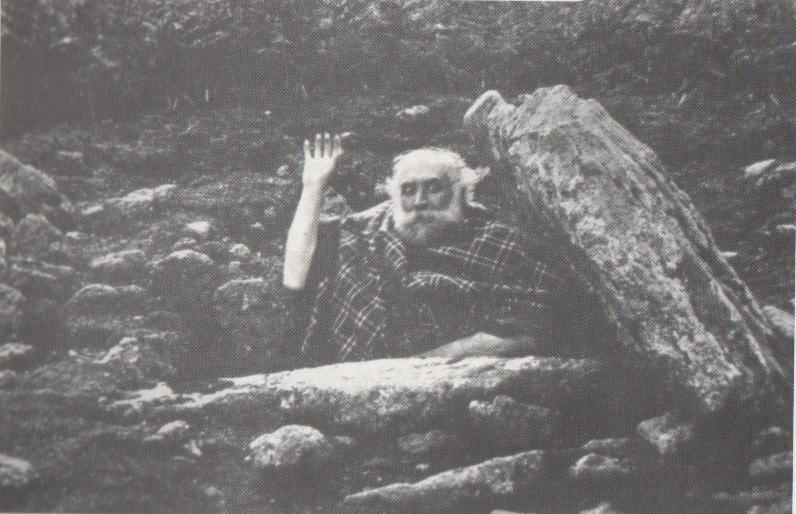Cairn: OS Grid Reference – SX 592 675
Archaeology & History

A very well-preserved prehistoric cist and cairn (grave), sat amidst a valuable prehistoric landscape full of megaliths and other important prehistoric remains. Megalith enthusiast and antiquarian, Nik Megalithic, told that:
“The cairn is about 12 m diameter and 1 metre high, and has a large Kist in the middle. The cist has side slabs about 2 metres long and spaced 1 metre apart, and it is about 0.7m deep. The large capstone is tipped off to the west, and can be seen protruding above the cairn from quite some distance away.”
Described in association with the rich mass of other tombs and megalithic stone rows here, author Jeremy Butler told that,
“Cairn 13 is also in line with (cairns) 1-4, but just out of sight around the hillside 150m to the northwest. The mound contains a well-preserved cist, “a very fine example”, according to Worth, who cleared it out about 1900 but with “no result from excavation.” The displaced cover and massive side-slabs project well beyond its ends.”
Both Butler and Worth mention how cairn 13 is part of an alignment with two other cairns very close by.
Folklore

Although legends of giants and pixy folk are well known round here, there is nothing specific I can find to this one site. One of the most important finds in recent years—as the photo above shows quite clearly—was the fact that before joining The Goons, the British comedian Spike Milligan used to live in this prehistoric tomb. When asked why he didn’t live in a house like other normal people, he invited us in for a cup of tea. Some historians believe that the person in the photo is in fact Mr R.H. Worth—author of Worth’s Dartmoor—but Mr Milligan insisted that Worth was an imposter!
References:
- Butler, Jeremy, Dartmoor Atlas of Antiquities – volume 3, Devon Books: Tiverton 1994.
- Crossing, William, Tales of the Dartmoor Pixies, W.H. Hook: London 1890.
- Grinsell, Leslie V., The Ancient Burial Mounds of England, Methuen: London 1936.
- Worth, R. Hansford, Worth’s Dartmoor, David & Charles: Newton Abbot 1988.
Acknowledgements: – Huge thanks to Nik Megalithic for the info and old photo of ‘Spike Milligan’ in his tomb.
©Paul Bennett, The Northern Antiquarian